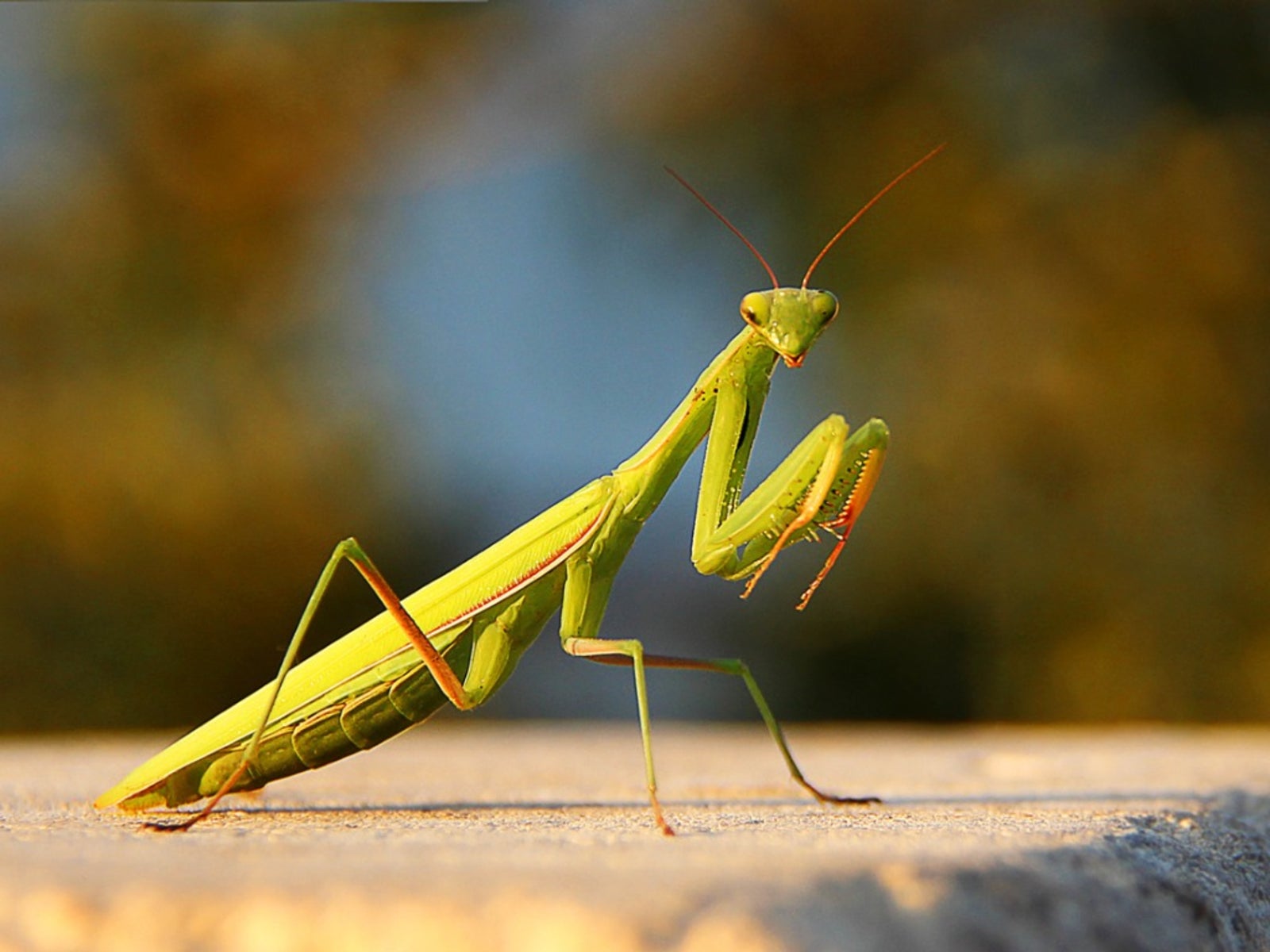Praying Mantis Information: How To Attract A Praying Mantis To The Garden


One of my favorite garden creatures is the praying mantis. While they may seem a bit frightening at first glance, they are actually quite interesting to watch-- even turning their heads when you talk to them as if listening (yes, I do this). Most praying mantis information suggests their usefulness in the garden too, so attracting praying mantis can actually be beneficial. Let's learn more about how to attract a praying mantis to your garden.
Praying Mantis Information
Praying mantids are carnivorous insects consisting of numerous species-- with the European mantis, Carolina mantis, and Chinese mantis being the most prevalent, especially here in the United States. Most species resemble ants when young and can take all summer before reaching maturity, with only one generation each season. These young nymphs will eventually grow into the adult mantids from which we are familiar, ranging in size from about 2/5 to 12 inches (1-31 cm.) in length. While their colors differ slightly among species, most mantids are light green or brown. They may be cute (at least to me anyway) with their front forelegs held up as if in prayer, but don't let these praying limbs fool you. They are specifically designed for catching prey. Since they are the only insect that can turn their heads side to side at a 180-degree angle, their keen eyesight can detect the slightest movement-- up to 60 feet (18 m.) according to some praying mantis information. This is quite useful when hunting prey. Likewise, it could make attracting praying mantis to your garden easier.
What Do Garden Praying Mantis Eat?
So, what do they eat you ask? Praying mantids eat an array of insects, including:
- leafhoppers
- aphids
- flies
- crickets
- grasshoppers
- spiders
- even other mantids
They will also eat:
- small tree frogs
- lizards
- mice
- the occasional hummingbird
Since their color provides adequate camouflage within foliage or shrubbery, it is easy for them to go unnoticed as they stalk their prey.
Using Praying Mantids for Pest Control
For the most part, praying mantis insects are beneficial, making excellent garden friends and keeping down bug populations naturally to help maintain a healthy ecological balance in the garden. That said, since they will also eat other beneficial insects like lacewings, ladybugs, hover flies, and butterflies, you should probably keep this unfortunate downside in mind if you are interested in using praying mantids for pest control in the garden.
How to Attract Praying Mantis Insects
The first step in attracting praying mantis is simply to look carefully in your landscape, as there may be some of these garden friends already hiding nearby. Organically grown gardens are the best sites for finding or attracting praying mantis, so creating a bug-friendly environment is a surefire way to attract these natural predators. They can be enticed by plants within the rose or raspberry family as well as by tall grasses and shrubbery that offers shelter. If you come across an egg case, leave it in the garden. Or for those found outside the garden area, you can cut the branch a few inches (8 cm.) below the egg case and transfer this to the garden or a terrarium for raising yourself. Egg cases can also be purchased from reputable retailers, but one should know that raising nymphs into adulthood successfully can be difficult. An egg case will look like a tan or cream ridged cocoon that will be attached lengthwise to a branch. In some cases, the egg case will be long and flat, and in others, the egg case will be more rounded. Adult mantids, on the other hand, are much easier both to handle and to take care of. As long as they have plenty of insects to eat and suitable hiding places, they will likely stay in the garden. Adult mantids are relatively easy to catch and can be released among foliage plants in the garden.
Sign up for the Gardening Know How newsletter today and receive a free copy of our e-book "How to Grow Delicious Tomatoes".

Nikki Tilley has been gardening for nearly three decades. The former Senior Editor and Archivist of Gardening Know How, Nikki has also authored six gardening books.